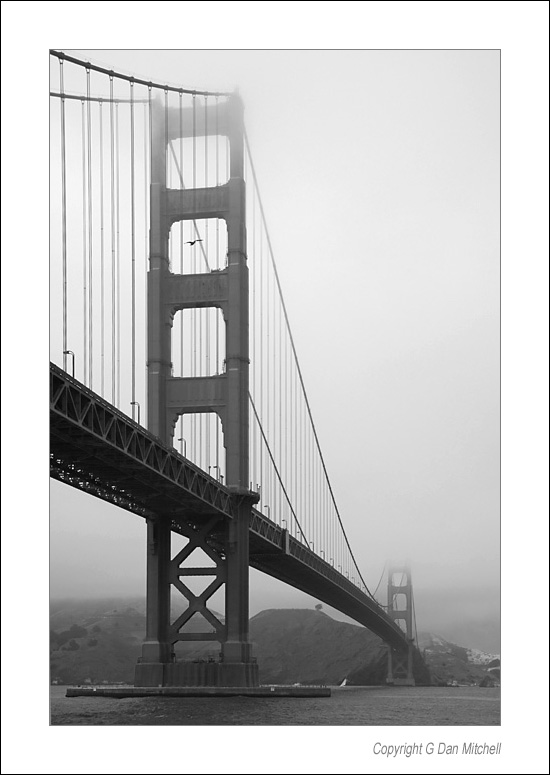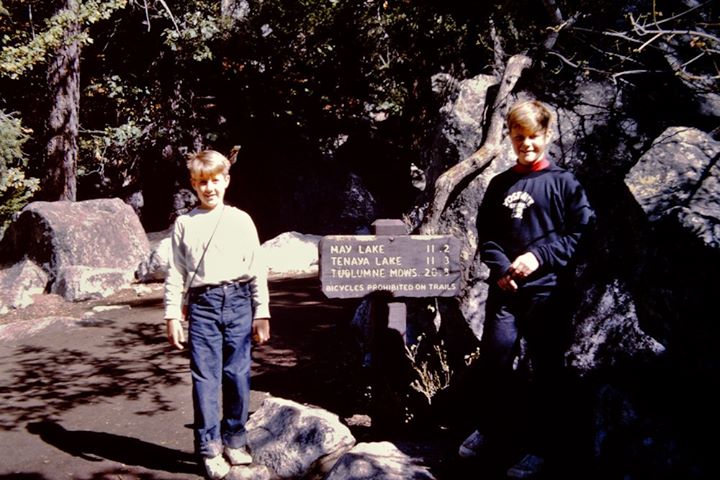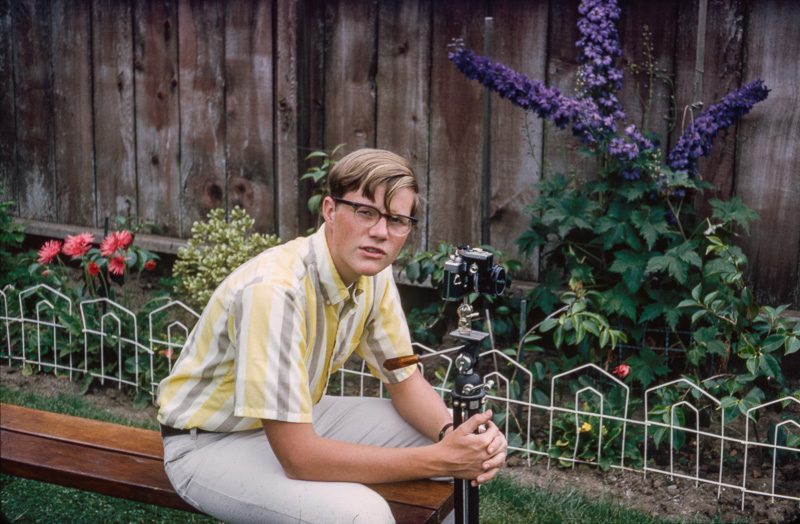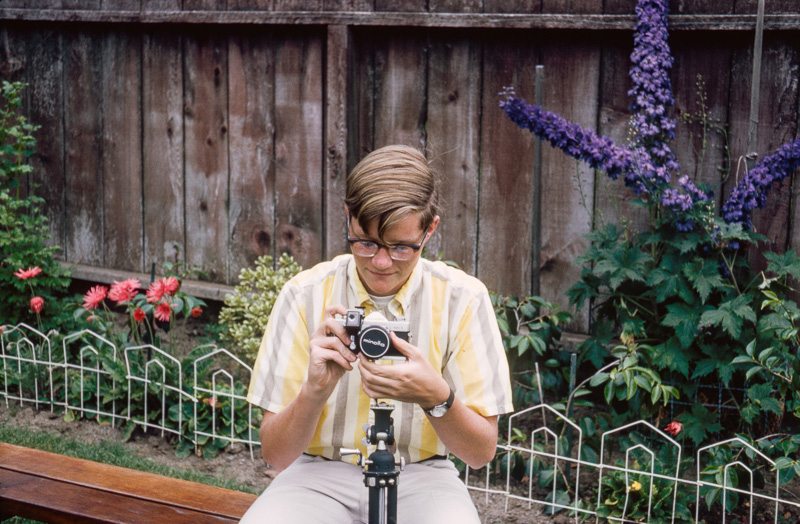
As I was setting up today’s photograph (it will appear shortly) I happened to notice that I just passed 6000 posts on this blog! I had been posting photographs for a while before that on other blogs (for example, the old “Dan’s Outside,” which focused on backcountry adventures, and my teaching websites which date to the mid-1990s), but back in 2005 I decided to start a blog dedicated to photography.
The first post here (the obligatory “It Worked!” post) was on July 10, 2005. It was followed by a post explaining the plan to start sharing photographs on the web in a more organized fashion. The first photographic post came on July 16 of that year — it was the black and white image of the Golden Gate Bridge in fog shown above.
At first the posts were a bit irregular. Sometimes I posted several in one day. Other times there were gaps of several days between new posts. On August 16, 2005 the first string of daily photographs appeared, though there were still breaks when I was in the field for a few days or longer. (Posting photographs remotely was not so simple back then!) But I’ve been continuously posting new photographs here since the end of that month in 2005! Believe it or not, that is approximately 5000 daily photographs posted at this blog!
G Dan Mitchell is a California photographer and visual opportunist. His book, “California’s Fall Color: A Photographer’s Guide to Autumn in the Sierra” is available from Heyday Books and Amazon.
Blog | About | Flickr | Facebook | Email
Links to Articles, Sales and Licensing, my Sierra Nevada Fall Color book, Contact Information.
All media © Copyright G Dan Mitchell and others as indicated. Any use requires advance permission from G Dan Mitchell.





